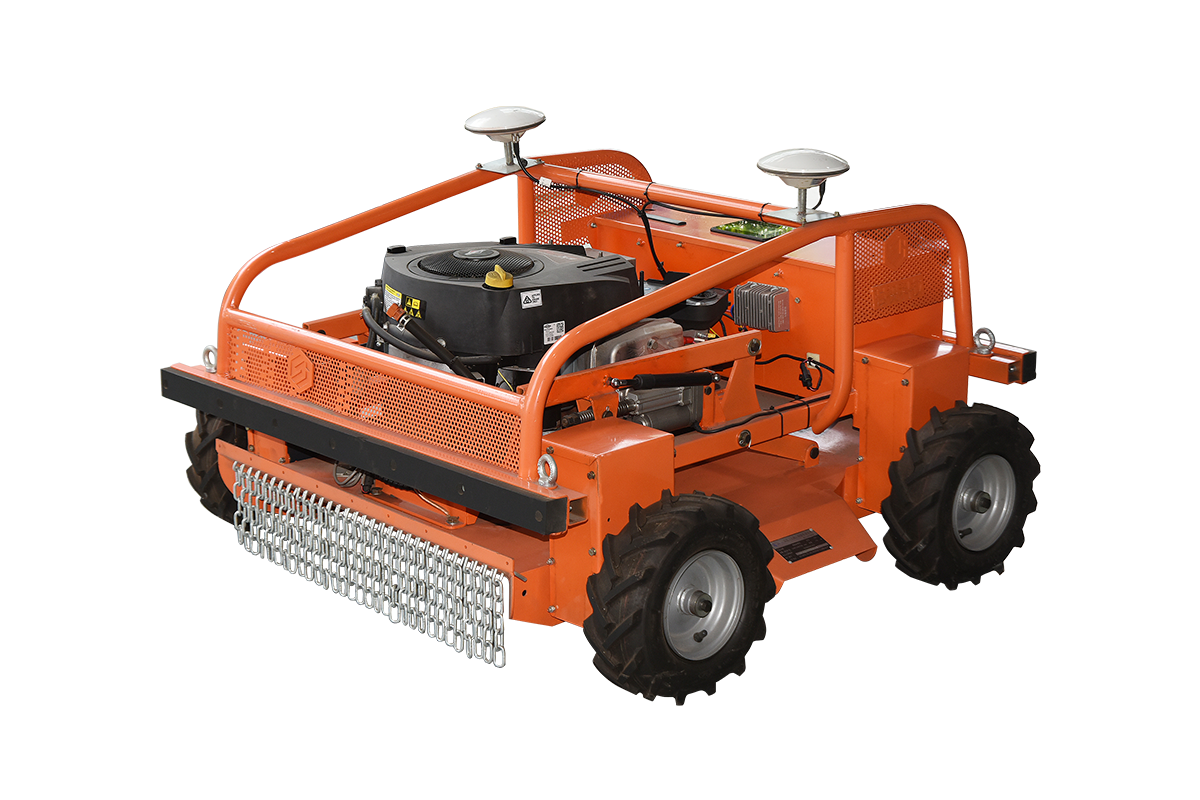 [email protected]
[email protected] No. 1819, Renmin West Road, Cao'e Street, Shangyu District, Shaoxing City, Zhejiang Province, China
No. 1819, Renmin West Road, Cao'e Street, Shangyu District, Shaoxing City, Zhejiang Province, China

+86-18158752211
 2025.11.10
2025.11.10 Industry News
Industry NewsIn modern agriculture, the use of vegetable transplanter machines has revolutionized the planting process, significantly improving efficiency and crop yields. However, climate conditions play a crucial role in agricultural production. Variations in temperature, humidity, wind, and rainfall can all impact the growing season and quality of vegetable crops. As a result, vegetable transplanter machines are continually evolving to adapt to a wide range of climate environments, ensuring that transplanting tasks are completed effectively and efficiently regardless of the weather conditions.
High temperatures are a common climate challenge in many regions, especially during summer or in tropical areas. Excessive heat can cause soil moisture to evaporate quickly, leading to dry soil, which negatively affects plant root growth. To adapt to such conditions, modern vegetable transplanter machines incorporate several technological advancements:
Automatic Irrigation System: Some vegetable transplanters are equipped with automatic irrigation systems that can provide water to the plants during transplanting. This feature is especially useful in hot and dry environments, helping to prevent plants from wilting due to lack of moisture.
Soil Loosening and Pre-treatment Functions: In hot environments, soil can become compacted and hard, making it difficult for plant roots to penetrate. Vegetable transplanters are designed with soil loosening features that break up compacted soil before transplanting, improving root growth and mitigating the effects of heat-induced soil hardening.
Breathable Design: High temperatures can lead to excessively warm soil, which can hinder plant growth. To prevent this, transplanters are designed with features that improve soil aeration. These features help to keep the soil cooler and promote better airflow around plant roots, ensuring optimal growing conditions for transplanted vegetables.
Cold climates present significant challenges for plant growth, particularly for vegetables that require higher temperatures to germinate and grow effectively. In such environments, vegetable transplanter machines are designed to minimize the effects of cold weather and maximize planting success.
Cold-Resistant Materials: To ensure reliable operation in cold climates, vegetable transplanter machines are often constructed with cold-resistant materials, such as freeze-resistant steel and rubber components. These materials help prevent damage to the machine in extremely low temperatures, ensuring that it continues to function properly.
Heating Systems: Some advanced vegetable transplanters are equipped with heating systems designed to keep planting trays and planting tubes at a proper temperature, preventing frost damage to the plants during the transplanting process. This feature is particularly useful in freezing conditions where low temperatures could otherwise damage seedlings.
Soil Warming and Preheating Functions: In cold regions, soil temperatures are often too low to support efficient plant growth. Vegetable transplanter machines with built-in soil heating systems can warm the soil before transplanting. By raising the soil temperature, these machines create more favorable conditions for root growth, promoting better seedling establishment and overall plant health.
In wet and humid climates, excessive rainfall can lead to waterlogged soils, which can suffocate plant roots and hinder seedling establishment. In such conditions, vegetable transplanters must be equipped with features to manage excess moisture and ensure healthy plant growth.
Waterproof Design: The electrical and mechanical components of vegetable transplanters are often designed with waterproof features to protect the machine from rain and excessive moisture. Waterproof seals and coatings ensure that water does not penetrate the machine’s internal systems, allowing it to operate smoothly in wet conditions.
Drainage Systems: Some vegetable transplanters are equipped with drainage systems to remove excess water from the planting area. These systems help to ensure that the soil remains well-drained and does not become overly saturated, reducing the risk of root rot and other moisture-related issues.
Deep Soil Loosening: In wet environments, soil can become compacted and prone to waterlogging. Vegetable transplanters with deep soil loosening functions can break up compacted soil layers, improving soil drainage and aeration. This feature helps prevent water from pooling around plant roots, ensuring better growth conditions for transplanted crops.
In regions with high wind speeds, such as coastal or mountainous areas, strong winds can destabilize the vegetable transplanter and cause damage to the transplanted crops. To operate effectively in windy conditions, vegetable transplanters are designed with features that ensure stability and precise operation:
Stable Chassis Design: Vegetable transplanters used in windy areas often feature a reinforced chassis design that increases the overall stability of the machine. By adding weight to the base or incorporating additional support structures, these machines are less likely to tip over or shift during operation in strong winds.
Intelligent Navigation Systems: Many modern vegetable transplanters are equipped with intelligent navigation systems that can adjust the machine’s path based on wind conditions. This technology helps maintain accurate planting rows and ensures that the machine remains on course even when faced with strong gusts of wind.
Protective Shields: Some advanced transplanters feature windshields or protective barriers that shield the machinery from the direct impact of strong winds. These shields help maintain the machine’s stability and reduce the risk of wind-related operational disruptions.






